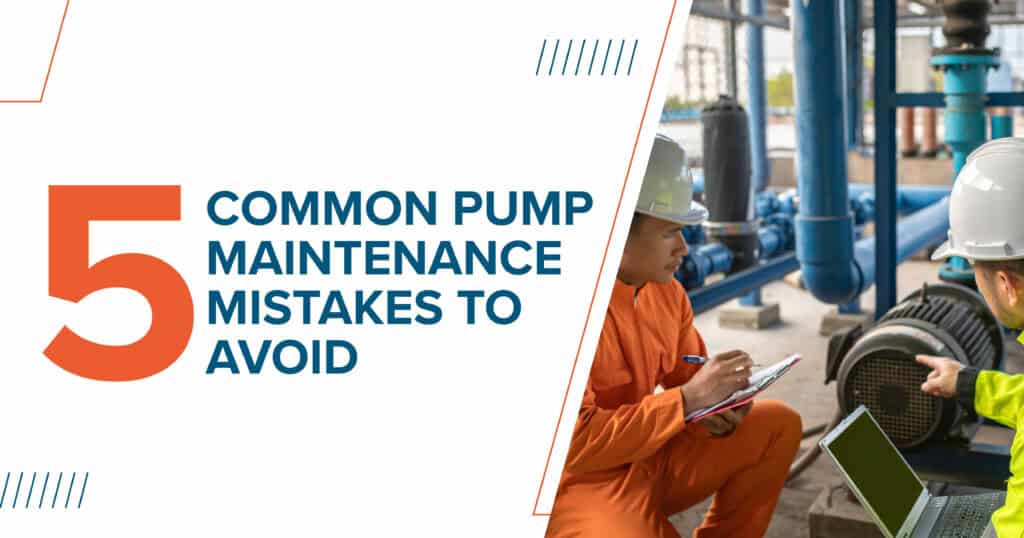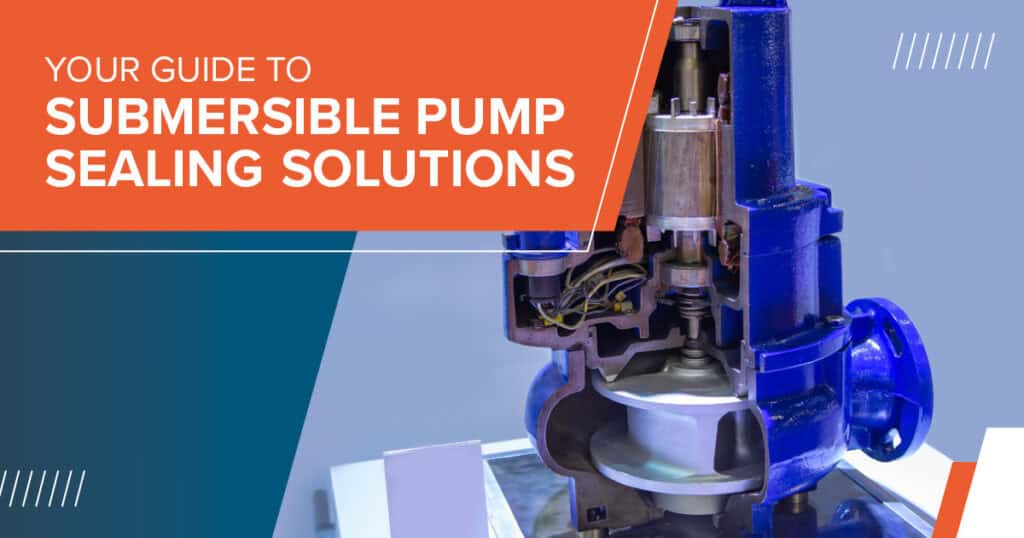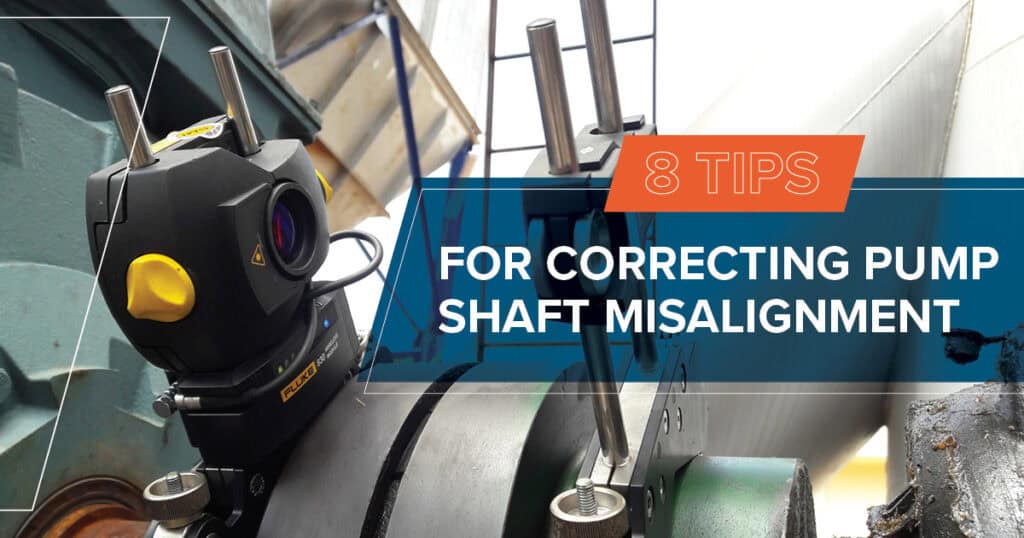5 Common Pump Maintenance Mistakes to Avoid

Pump systems are critical components in industrial operations, yet they are often overlooked when it comes to routine maintenance. Many facilities focus on production efficiency but fail to recognize how poor pump maintenance can lead to costly repairs, unplanned downtime, and decreased operational efficiency. By understanding necessary maintenance mistakes, operators can extend the lifespan of […]
The Benefits of On-Site Pump Training

When it comes to pump systems, knowledge is power. Many operational inefficiencies, safety issues, and unplanned downtime arise from a lack of proper training. On-site pump training ensures your team has the skills they need to operate, monitor, and maintain pumps safely and effectively. At DXP Pacific, we provide comprehensive training tailored to your systems, […]
6 Tips for Selecting the Correct Pump Seal

Selecting the correct pump seal is crucial to ensure optimal system performance, preventing costly breakdowns and extending the lifespan of your pump equipment. Pump seals are designed to maintain pressure. They are also critical for containing the pumped fluid and preventing leaks that could damage equipment or cause environmental issues. Here are some essential tips […]
What You Need to Know About Submersible Pumps

Submersible pumps are critical pieces of equipment for underwater and underground pumping applications. Unlike most standard pumps, these are fully sealed to prevent water and other contaminants from damaging their internal components. Here’s a breakdown of what you need to know about submersible pumps, from their unique construction to their primary uses and advantages. Key […]
What Are the Differences Between VFDs and VSDs?

When managing motor speed in industrial applications, the terms variable frequency drive (VFD) and variable speed drive (VSD) are important to understand. A VFD or another type of VSD may be the ideal solution for your motor management needs. Knowing the differences between VFDs and VSDs is crucial to optimize your system performance, energy efficiency, […]
Selecting the Right Pump for Chemical Processing Applications

Finding the right pump for chemical processing applications is a critical step because of the unique challenges involved in handling various chemicals. These highly specialized applications often require pumps that can withstand harsh environments, prevent contamination, and ensure safe and efficient operation. The proper pump can enhance process reliability, reduce maintenance costs, and improve safety. […]
How to Handle High-Viscosity Fluids

Handling high-viscosity fluids can be challenging for pump operators. These fluids may range from oils and syrups to thick sludges. The viscous nature of these fluids presents unique demands on pumping systems. The higher the viscosity, the thicker and more resistant the fluid is to flow. Understanding how to efficiently pump these fluids is crucial […]
Your Guide to Submersible Pump Sealing Solutions

Submersible pumps operate in challenging environments, often submerged in water or other fluids. This is why reliable sealing solutions are so crucial. Proper seals prevent water ingress to ensure pump longevity and optimal performance. In this article, we will cover the key aspects of submersible pump sealing solutions, including types of seals, common materials, and […]
DXP University Returns to Bakersfield!

We are less than a month away from the next DXP University in Bakersfield, California! It will be held at DXP Pacific’s Bakersfield Headquarters on November 7, 2024, from 7:00 a.m. to 3:30 p.m. The entire DXP team is excited to host this event once again. We are proud to welcome pump training experts, engineering […]
5 Ways to Optimize Your Predictive Maintenance Plan

Effective pump management is crucial to ensure continuous operation of your pumps. You need to improve equipment efficiency and durability while avoiding unnecessary downtime for maintenance and repairs. Using predictive maintenance technology and optimizing your maintenance plan can mitigate these risks. Here are five key steps you can take to achieve better long-term pump performance: […]
8 Tips for Correcting Pump Shaft Alignment

Proper pump shaft alignment is essential to maintain the performance and longevity of a pump system. Misaligned shafts can lead to excessive wear, increased vibration, and premature equipment failure. This can result in costly repairs and a decrease in operational efficiency. Fortunately, pump shaft misalignment can be properly corrected with the right approach, technology, and […]
Which Pump Coating Is Better: Elastomeric or Ceramic?

Choosing the right pump coating is essential to extend the life of pumps and optimize their performance in demanding environments. Two popular options are elastomeric and ceramic coatings. Each coating has its advantages, which makes them suitable for specific applications based on unique operational challenges. If you are trying to determine which is better for […]
